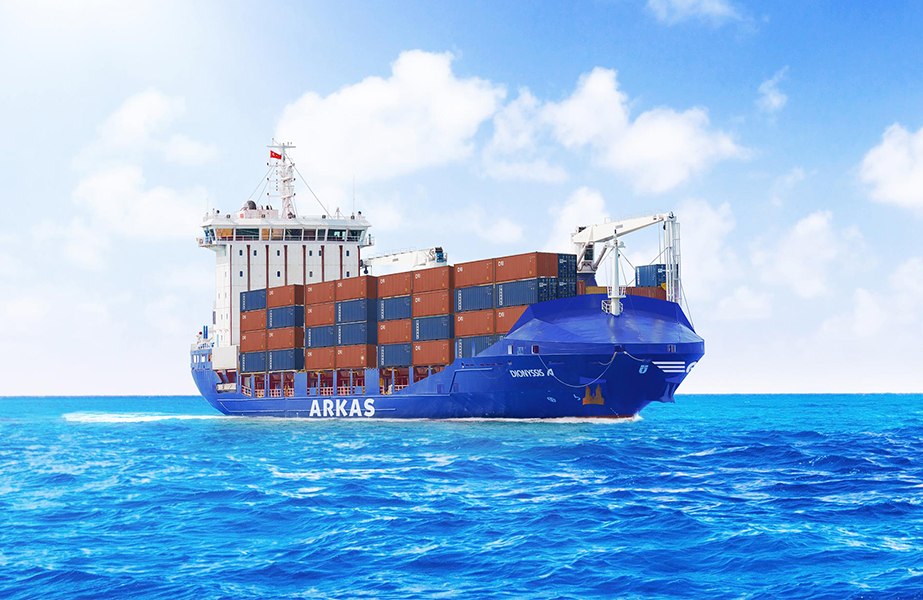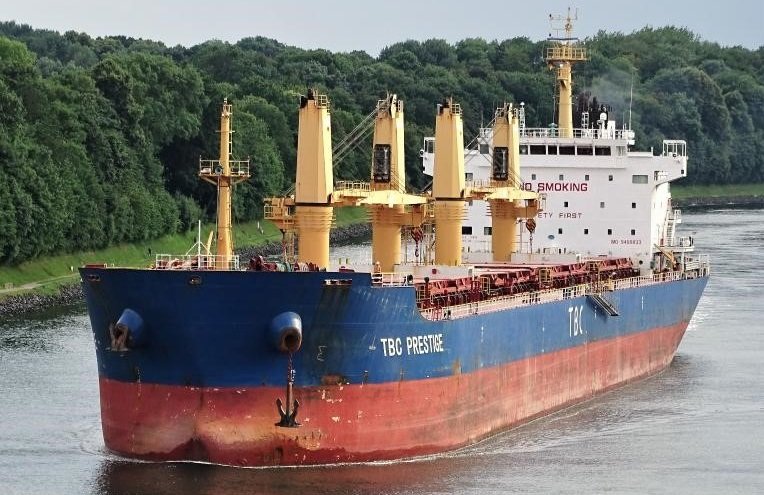Uncertainty in Global Economy Remains
It has really been a wretched 2+ years. There’s been a pandemic, a war, sanctions, escalating US-China tensions and now inflation. But on the other hand, none of this is unprecedented…
There are a swarm of immediate concerns circling around the global economy: war in Ukraine, China’s slowdown, the inevitable recession in Europe, de-globalization supply shocks. Nevertheless, the key concern is central banks’ tightening in response to the sizzling inflation.
Interest Rates: Rising and Rising…
Central banks are all hawks and are now faced with the only scenario of pushing nominal policy rates higher to curb soaring inflation in an attempt to maintain their inflation fighting credibility. At the same time, they seem to ignore or even downplay the spillover effects on financial market stability or economic growth expectations. ‘Overtightening’ monetary policy is a growing risk not so much in the US but especially in Europe where the neutral interest rate remains much lower.
The Fed will continue interest-rate hikes, seeking to crush an inflation surge, partly of its own making. It’s a pace that we had penciled in on our 2022 first quarterly report.
We expect the Fed rate hikes of 75 bps in November, 50 bps in December and 25 bps in February for a peak funds rate of 4.5%-4.75%, compared with 4%-4.25% before. As of beginning October, the 12-month USD Libor was standing at 4.82%.
Dry Bulk Sector Outlook: “Tight Supply” Is The Magic Word
Despite the fact that the WTO predicted a significant slowdown in global trade growth as “strong headwinds” batter major economies, we still maintain our positive outlook on drybulk sector manly due to the low orderbook. Fleet growth projections for this year are 2.8% for this year and less than 1% for 2023, according to Clarkson projections.
Following the last 2-month drop, there is optimism that we may have reached the bottom of the dry freight market, especially due to expected stronger demand for coal and the upcoming grain season.
Values have dropped 25% on average off their summer peak (and in most cases below the prices seen at the end of 2021) and seem to have stabilized from their recent decline. With more vessels available for sale coming from Japan – with /JPY exchange rate at 145, it is tempting for Japanese sellers to lock extraordinary profits from S&P – it will be interesting to see how things will develop until the end of the year. We opine that the recent drop offers a new entry point opportunity for potential investors in the current cycle.
Oil Price Outlook
The global oil market itself is caught between a supply squeeze and the impact of Russia’s invasion of Ukraine on one hand, and the threat of a worldwide recession eating into demand on the other. The oil shock won’t end this year and it’s almost certain to roll into 2023 amid widespread fears of a spike in prices this winter. Global oil supply will struggle to meet rising demand next year, the IEA said.
Crude Tankers Outlook
Trade patterns have fundamentally changed because of the ban on Russian oil exports in the West following the invasion of Ukraine. Russia’s seaborne crude flows are taking on a new pattern as Moscow seeks to deal with impending European sanctions on its exports and Russian crude is likely to keep on finding buyers in the developing world. That said, crude and product tanker demand could rise by more than 6% next year because of the reshuffling of trade prompted by the European Union’s ban on Russian imports, according to Clarksons Research.
Product Tankers Outlook
Since last February and the onset of the Ukraine conflict, more favorable conditions have taken shape for the product tankers. Russia’s invasion of Ukraine, diesel shortages and the long-awaited effects of refinery closures have seen product tanker rates soaring in the last months. It seems that the good times have finally arrived for product tanker owners and are here to stay for some time, despite fears over hits to fuel demand as pump prices rise and economies tilt into potential recession.




